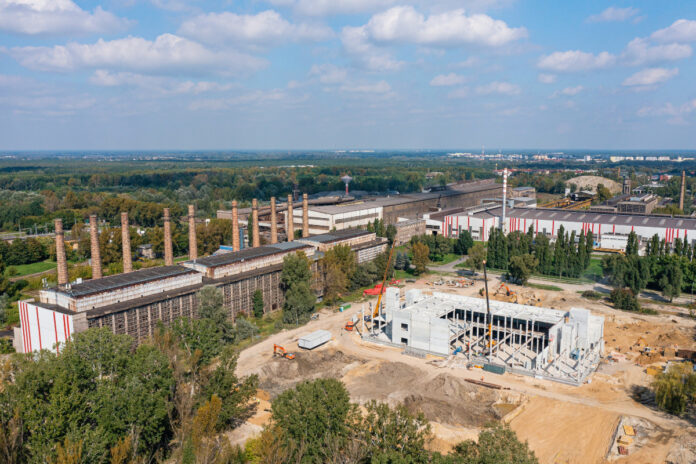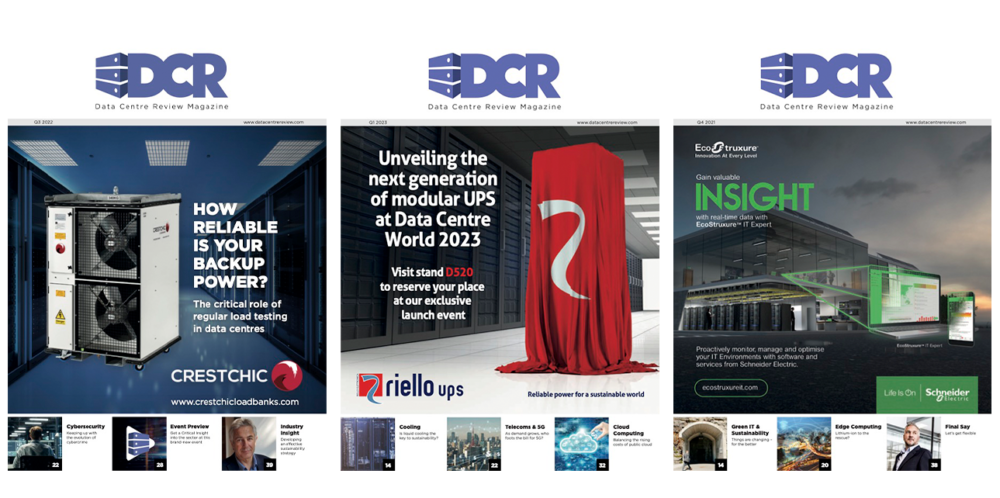A shrinking skilled workforce coupled with lightning-fast AI-driven design changes is turning flexibility into the new lifeline for data centre projects, as Sophie Smith, Vice President at Soben, explains.
Despite surging demand for digital infrastructure driven by AI, cloud computing and edge services, cracks are forming in the global data centre market. Build schedules are slipping, budgets are ballooning, and investors are asking tough questions. So, what’s slowing the sector down?
Many point to labour shortages as the primary existential threat. Others argue the real problem is technological – CI/CD workloads evolving so fast that build specs often end up outdated before commissioning. At Soben, we see it differently: these aren’t separate issues; they’re compounding existential challenges, and the industry needs to adapt to both.
Labour: The invisible handbrake on delivery
In North America and Europe, hiring skilled labour – especially MEP trades and commissioning teams – is becoming a strategic bottleneck, as previously mentioned by our very own Chris Strong. Major hyperscale buildings are being delayed not for materials, but for people-on-the-ground expertise. While prefabrication helps, data centres still depend on skilled labourers onsite.
At Soben, site selection now starts by assessing regional labour pools – not just power, fibre and real estate. Knowing where the talent lives means we can predict, and often avoid, schedule overruns and cost inflation.
AI is reshaping the blueprint – faster than construction can keep up
AI and HPC demand skyrocketing rack densities and cooling capabilities that shift monthly, if not weekly. It’s not uncommon to see design parameters adjusted mid-construction, resulting in millions lost to infrastructure that’s already obsolete. I specialise in pre‑construction and post‑contract cost management, and what’s clear is the pace of change isn’t slowing. We embrace adaptability, building modular and flexible systems that can evolve with client needs, rather than locking in specs that may be outdated upon commissioning.
What’s driving site selection – now and next
Beyond labour and tech, traditional criteria – real estate availability, government approval, redundant power and fibre, resilient generators, still matter. However, Soben is elevating adaptability and long-term resilience as core evaluation pillars:
- Generator capacity & lead times: now a decisive factor post-pandemic
- Redundant gas and power supplies: to ensure uptime in a volatile energy landscape
- Community and local government partnerships: to smooth approvals and build trust
- Modular, reconfigurable designs: to handle future tech shifts cost-effectively
Soben’s Playbook: Structural resilience through strategic agility
Soben helps clients cut through tension by designing resilience into every plan stage:
- Modular & flexible design: Scalable cooling, power and rack systems
- Early stakeholder alignment: Engaging end-users, procurement and tech partners from day one
- Proactive labour modelling: Identifying skills gaps and partnering with local training providers
- Regulatory & community engagement: Starting early to de-risk and build goodwill
This systematic approach ensures that data centre assets aren’t just bulldozed into the ground – they’re built with foresight
Pre‑construction playbook
In a previous article, ‘Preconstruction strategy for Data Centres: why it matters more than ever’, I mentioned why a strong pre‑construction phase isn’t just a good idea, it’s mission critical. That foundational work sets the stage for cost control and schedule certainty, while embedding adaptability at every level. Today, as labour scarcity and rapid AI-driven tech shifts add new layers of complexity, that early-phase strategy becomes even more indispensable. By assessing regional labour pools, forecasting material and generator lead times, and designing modular flexibility from day one, Soben’s pre‑construction methodology ensures we’re not merely reacting – we’re staying ahead of the curve.
Conclusion: Navigating the next inflection point
This isn’t a show-stopping slowdown; it’s a tipping point. The era of ‘build it and they will come’ is gone. The future belongs to those who balance workforce realities with tech agility, building adaptability – not just static specs. The real value lies in embracing complexity, partnering deeply across the delivery ecosystem, and embedding flexibility into every decision. That’s how data centre projects will stay on schedule, on budget, and ready in the future.
At a time when uncertainty around labour availability and rapidly evolving technology could paralyse decision-making, the need for a proactive, flexible strategy has never been clearer. The most successful data centre developers won’t be those who wait for the perfect conditions; they’ll be the ones who plan smartly, build adaptability, and move decisively. We’re proud to partner with clients who are doing just that, transforming complexity into opportunity and shaping the future of digital infrastructure, one resilient build at a time.
To find out more about Soben’s consultancy services in North America you can contact Sophie on the details below: Sophie Smith


